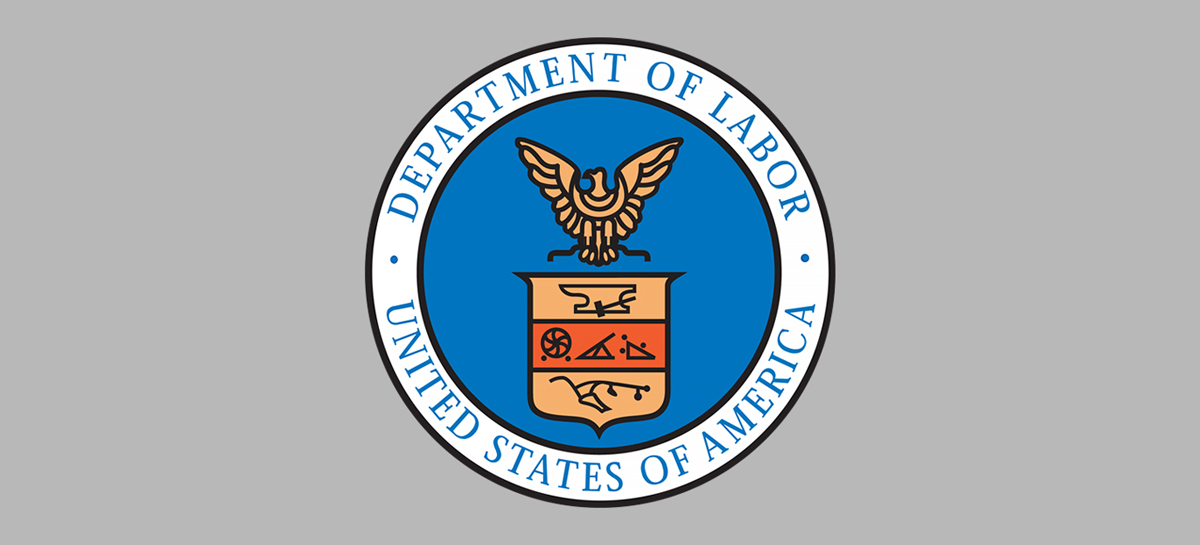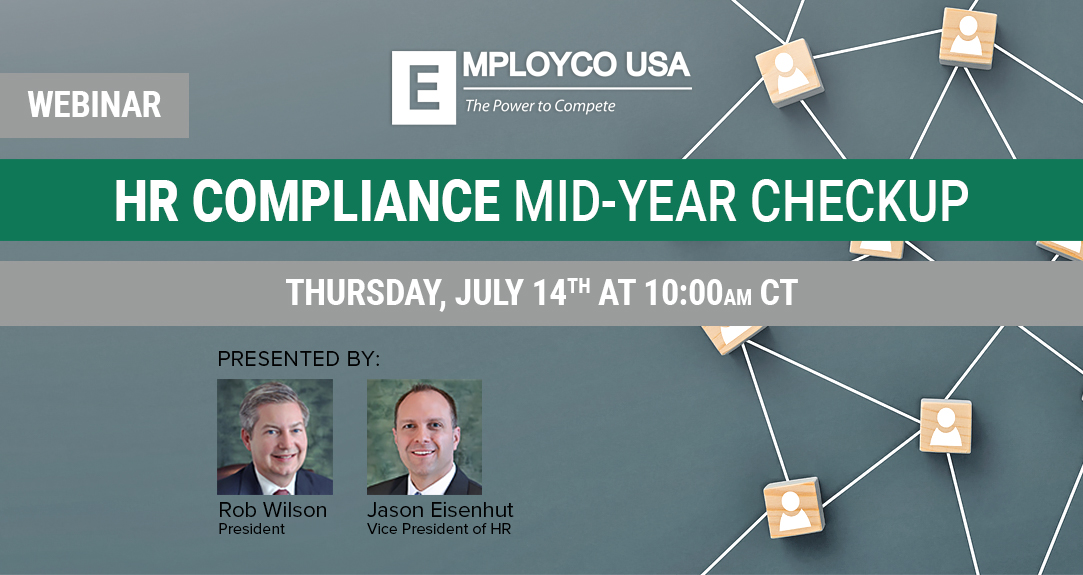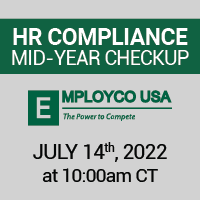
In its recent spring regulatory agenda, the U.S. Department of Labor (DOL) announced its plans to issue a proposed overtime rule in October 2022. According to the agency’s regulatory agenda, this proposed rule is expected to address how to implement the exemption of executive, administrative and professional employees from the Fair Labor Standards Act’s (FLSA) minimum wage and overtime requirements.
The DOL provided a similar notice last fall but has yet to specify what changes it may be considering. In recent years, some experts note that the agency has contemplated modifying the duties test and salary thresholds for exempt employees.








